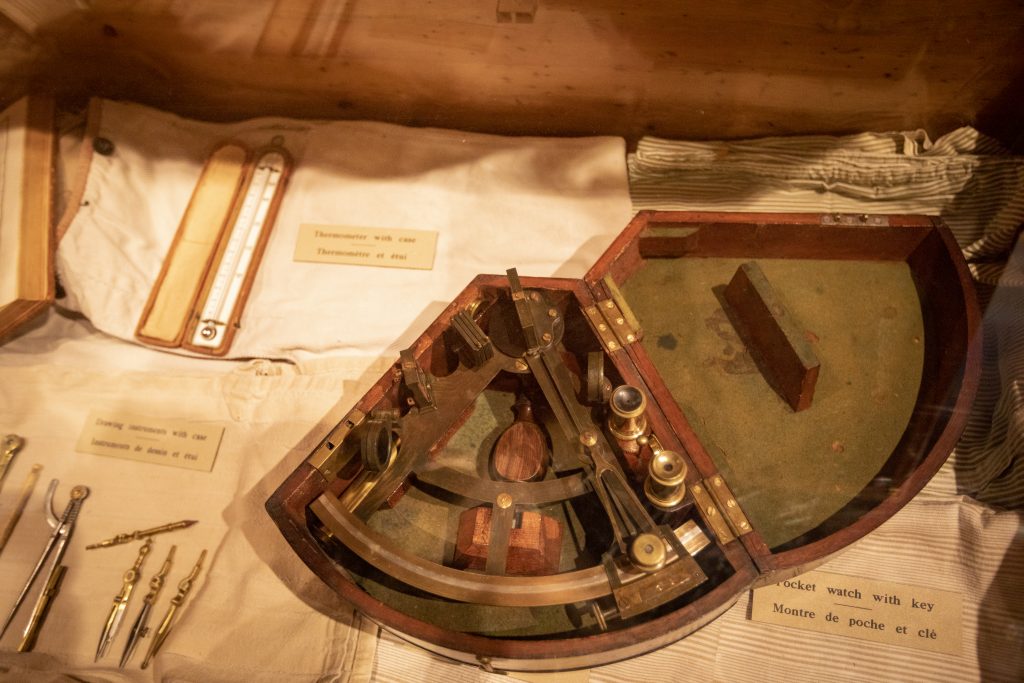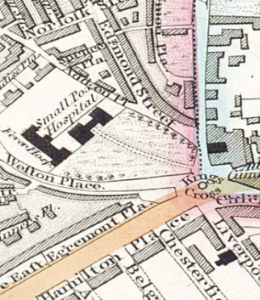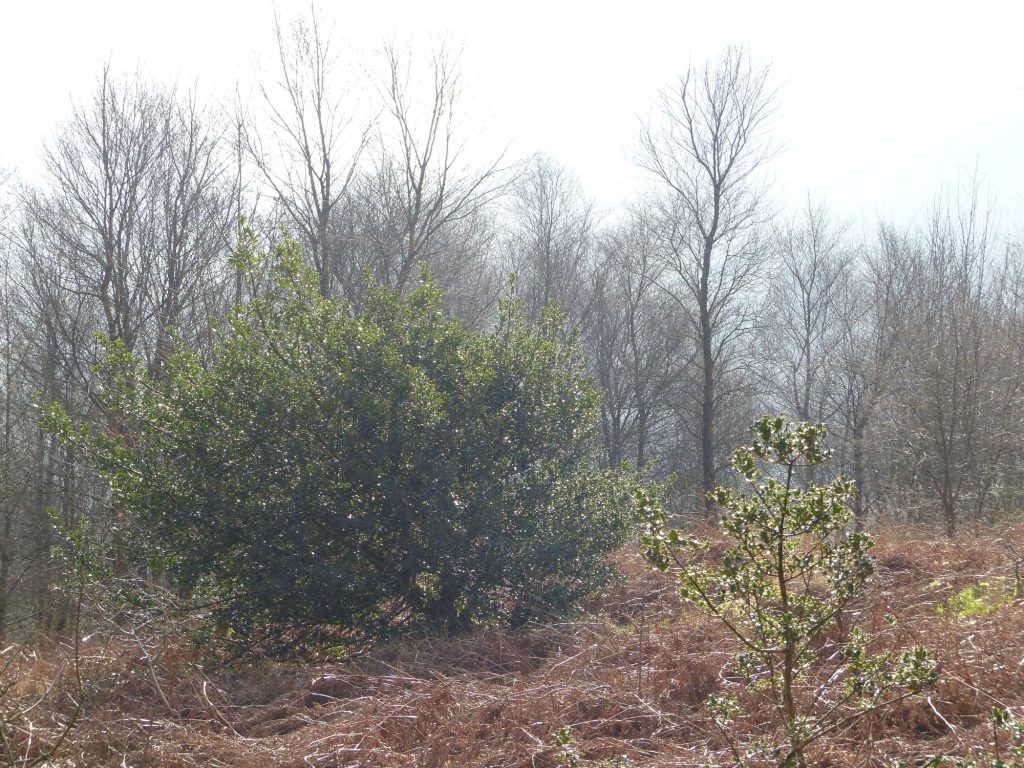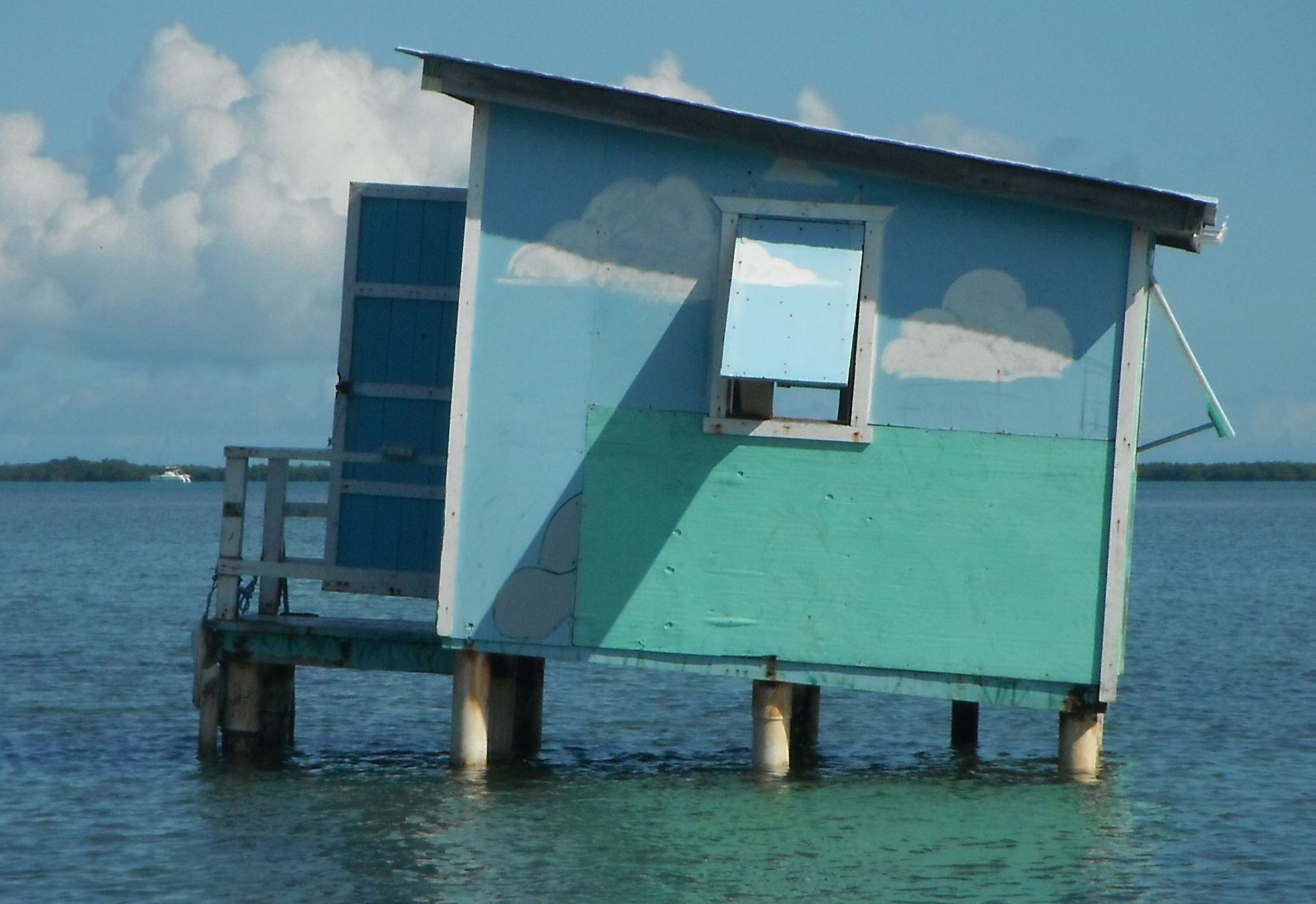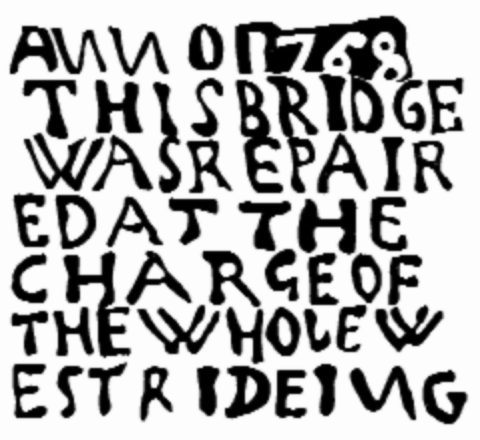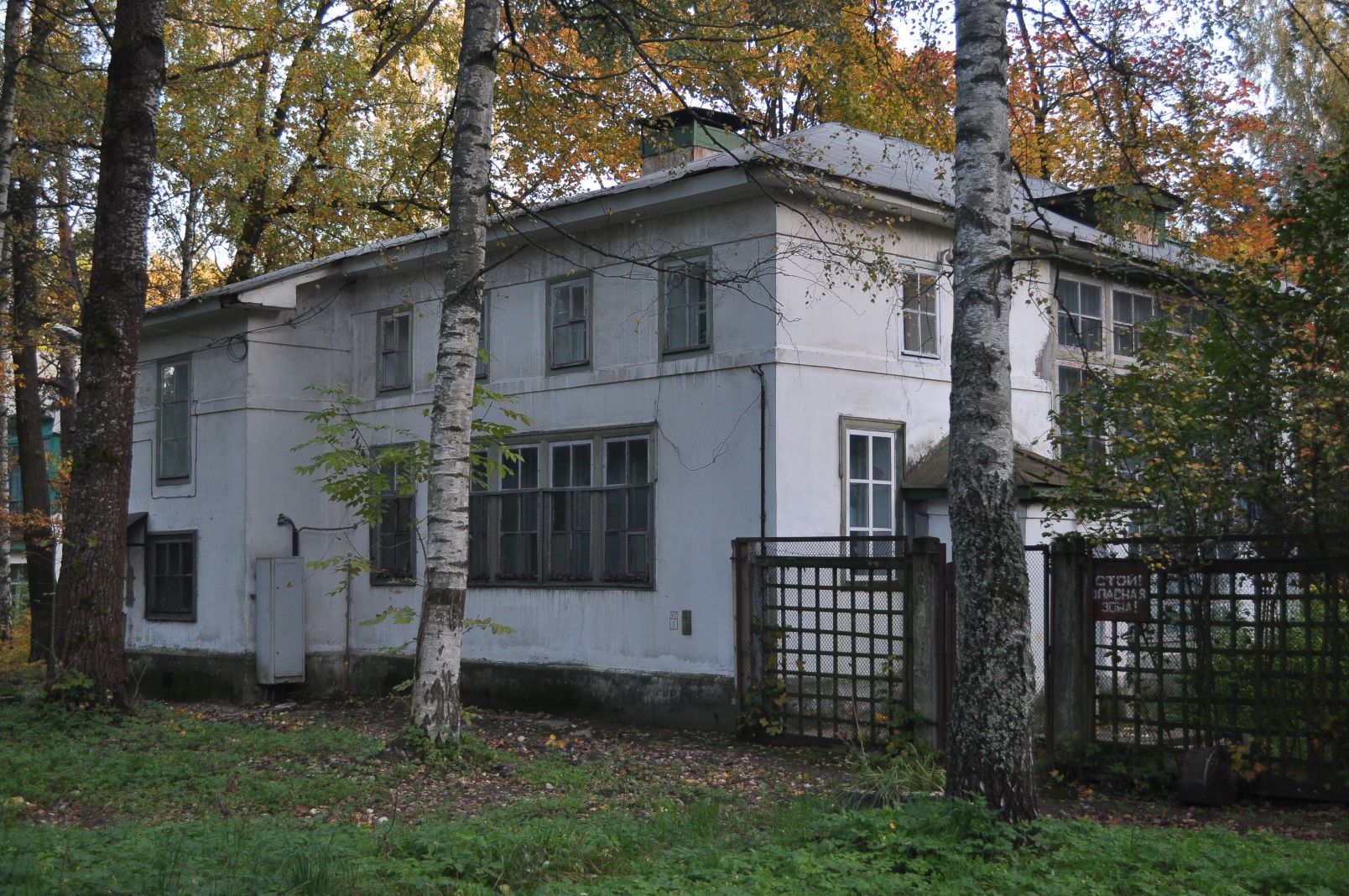Internet Archive
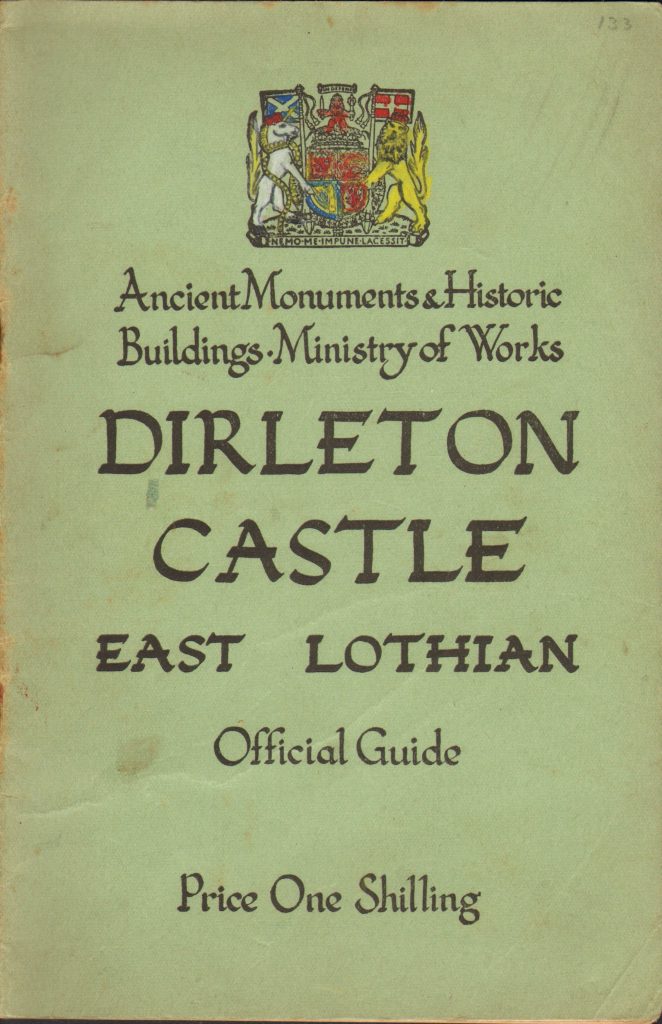
The Internet Archive is an amazing resource. I’ve been adding material to it over the last few years, and have uploaded over a thousand items. Some of it is books I own that are out of copyright, that I scan and upload. I have been particularly interested in works published by the UK Government. These are generally subject to Crown Copyright which expires 50 years after publication, so relatively recent material is in the public domain.
There is also a lot of material already on the web that is not well-indexed, for example whole volumes of academic journals. When I find an interesting article I will extract it from the volume, and upload it to the archive with specific indexin, making it much easier to find.
